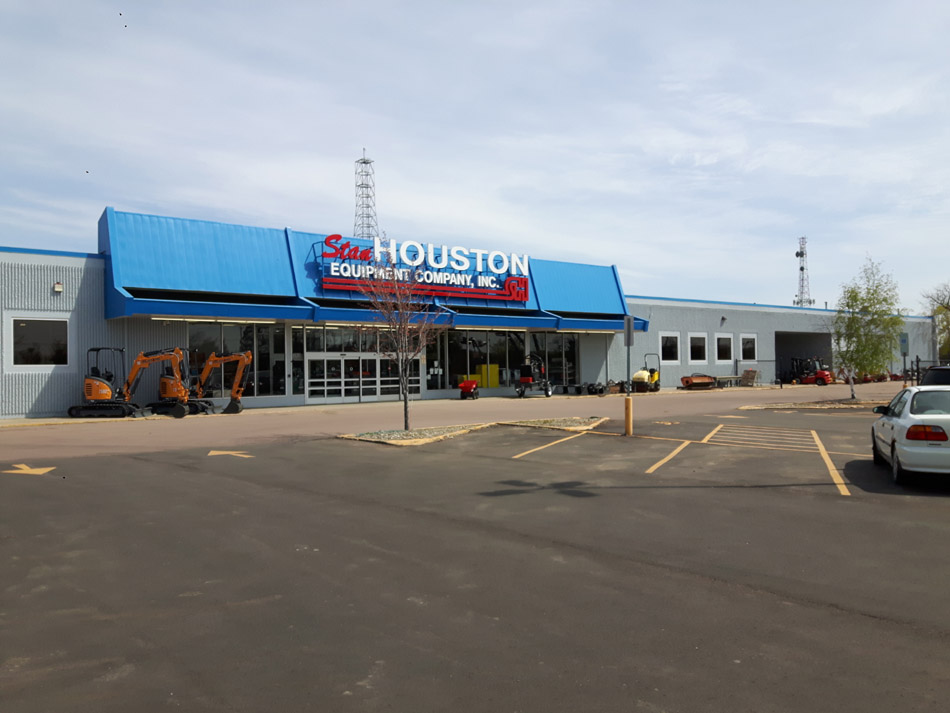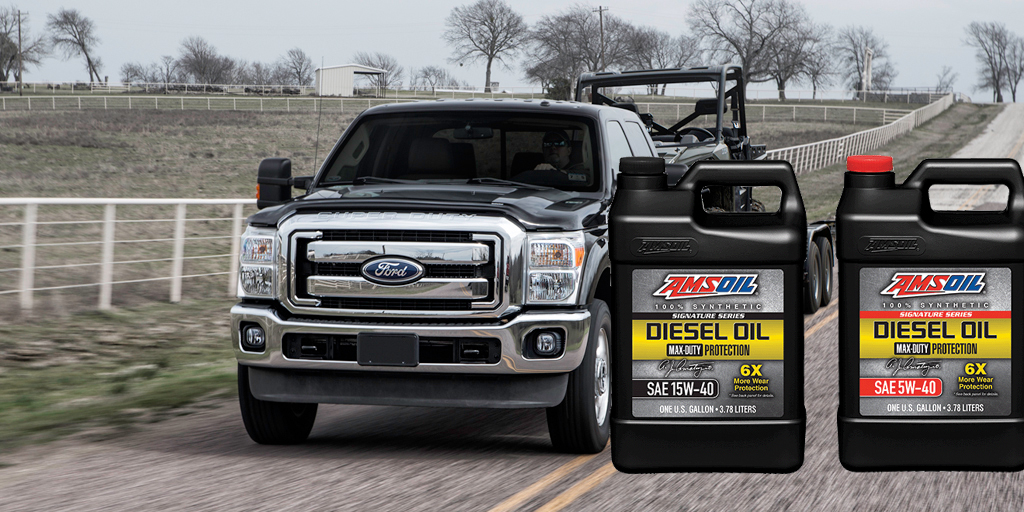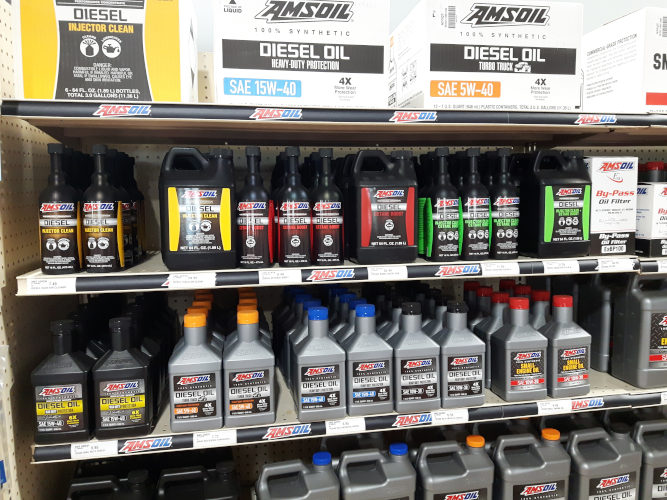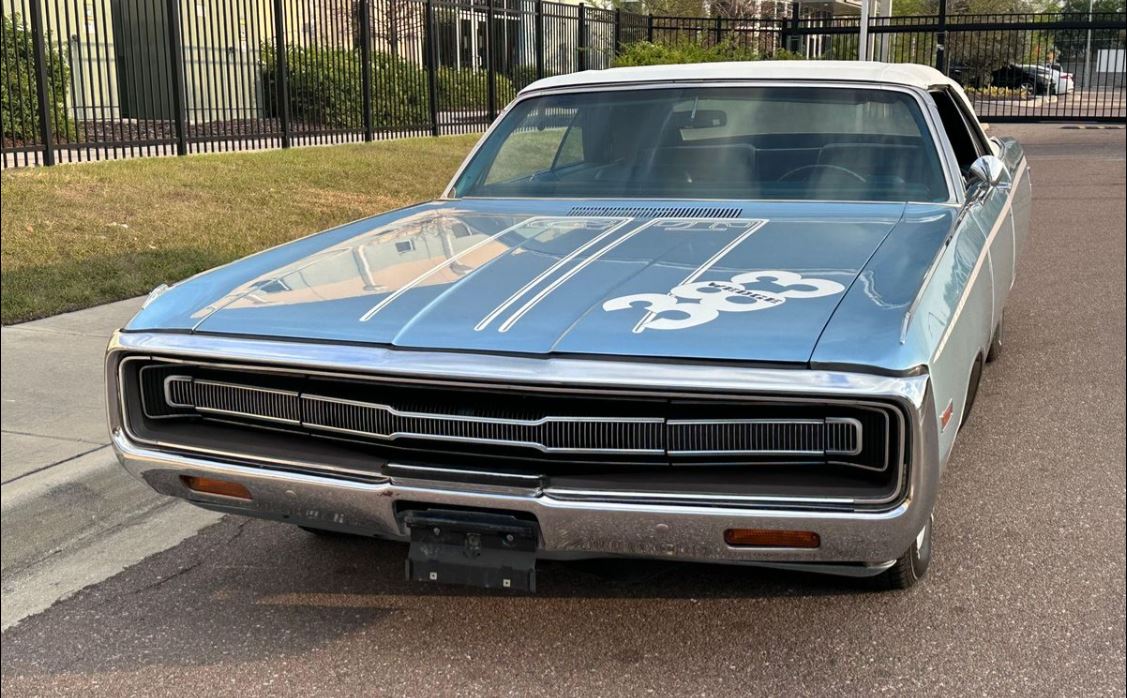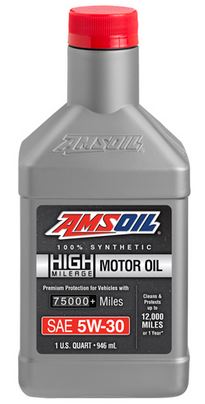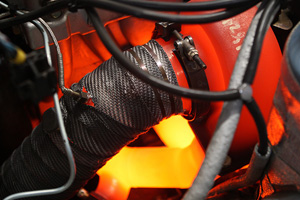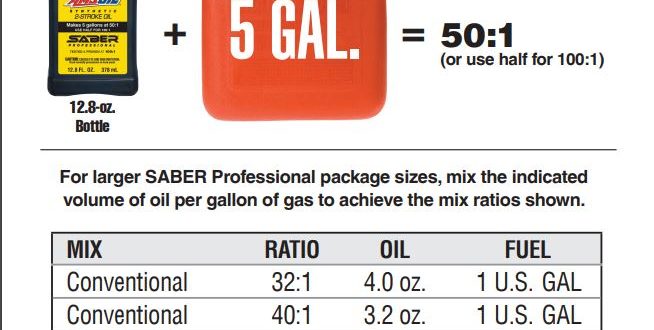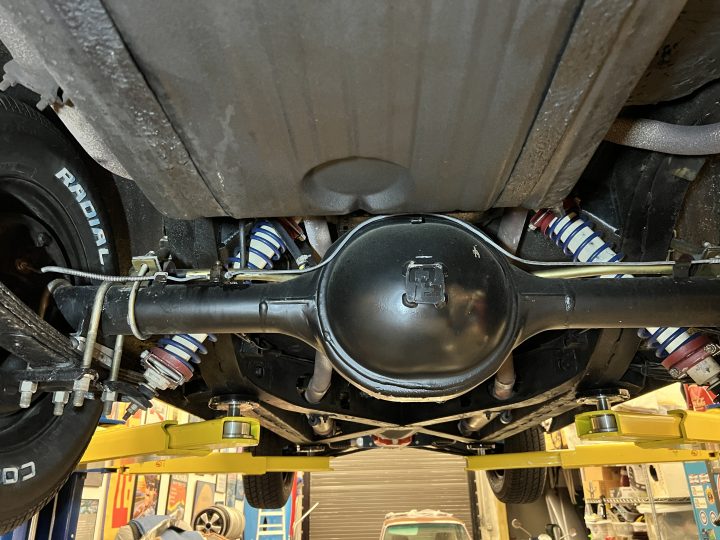20 Things I’ve Learned in Two Decades at AMSOIL (Part 1) Ed Newman|Dec 01, 2017 8:35 AM While discussing blog ideas recently, someone asked that I write about some of the things I’ve learned at AMSOIL since I will be retiring at the end of the year. The list grew long quite rapidly, and when […]
20 Things I’ve Learned in Two Decades at
20 Things I’ve Learned from More Than Two Decades at AMSOIL (Part 3) (reposting archive from Ed Newman) Ed Newman | Dec 15, 2017 11:13 AM If you’ve been following along, this is my third installment of things I’ve learned as a result of working here at AMSOIL these past many years. 11. Fuel Economy […]
How Turbochargers and Direct Injection a...
The Need for fuel economy: Turbochargers and Direct Injection a work in progress. Note: This was an older article I never added here but still contains important things to highlight. Keep in mind the actions needed to extend the life of these engines. Alex Thompson | Sep 06, 2017 11:04 AM Turbocharged, gasoline-direct-injection (T-GDI) engines […]
Your String Trimmer, Chainsaw and Blower...
Our pre-mix product and chart make AMSOIL the Easy Choice- and you save money/time Andy Arendt|Jun 04, 2018 2:07 PM Depending on two-stroke equipment age, brand and owner preferences, keeping track of two-stroke oil mix ratios can be complicated. Professional lawn and landscape companies in particular face challenges when it comes to ensuring employees are […]
